Just how many Japanese restaurants are there in Metro Manila? Too many to count. While there are some that specialize only in a certain type of Japanese cuisine (ramen, yakitri, soba, izakaya, tonkatsu, sushi, etc.), there are also those that encompass a lot of traditional foods. Some focus on offering only authentic Japanese food, while others innovate to add twists to improve tastes and create new fusion of flavors.
Zaan Japanese Tea House in Paligsahan, Quezon City falls under the “authentic Japanese food” category. While it doesn’t seem to have hit the mainstream radar, this small and quiet restaurant has several positive reviews online, which got us hooked. So we went and scoped it out ourselves. Yesterday, we dined here to experience what a true and hidden gem this place is all about.
Review of Zaan Japanese Tea House (Paligsahan, Quezon City)
Ambiance:
Zaan Japanese Tea House is surprisingly very serene, unlike the many other restaurants thriving in the same neighborhood. When we walked past the sliding door, we thought there was no one around. Apparently, we were just the first customers to arrive, and two other groups of families entered momentarily. The staff came out suddenly from the kitchen and greeted us.
The theme is quite zen and sensual, and it’s ideal if you’re in the mood to spend a relaxing meal. Zaan Japanese Tea House is known to pay homage to the art of Japanese tea-drinking. And fittingly so, the backdrop gave us a vivid picture of how a real Japanese tea house is like. With warm wooden tables, bamboo fixtures, and shoji, this place has a cozy ambiance that made me feel like being transported instantly to Japan. Japanese teapots, plates and tea cups are displayed on the back wall, presenting an impression that Japanese tea is the star.
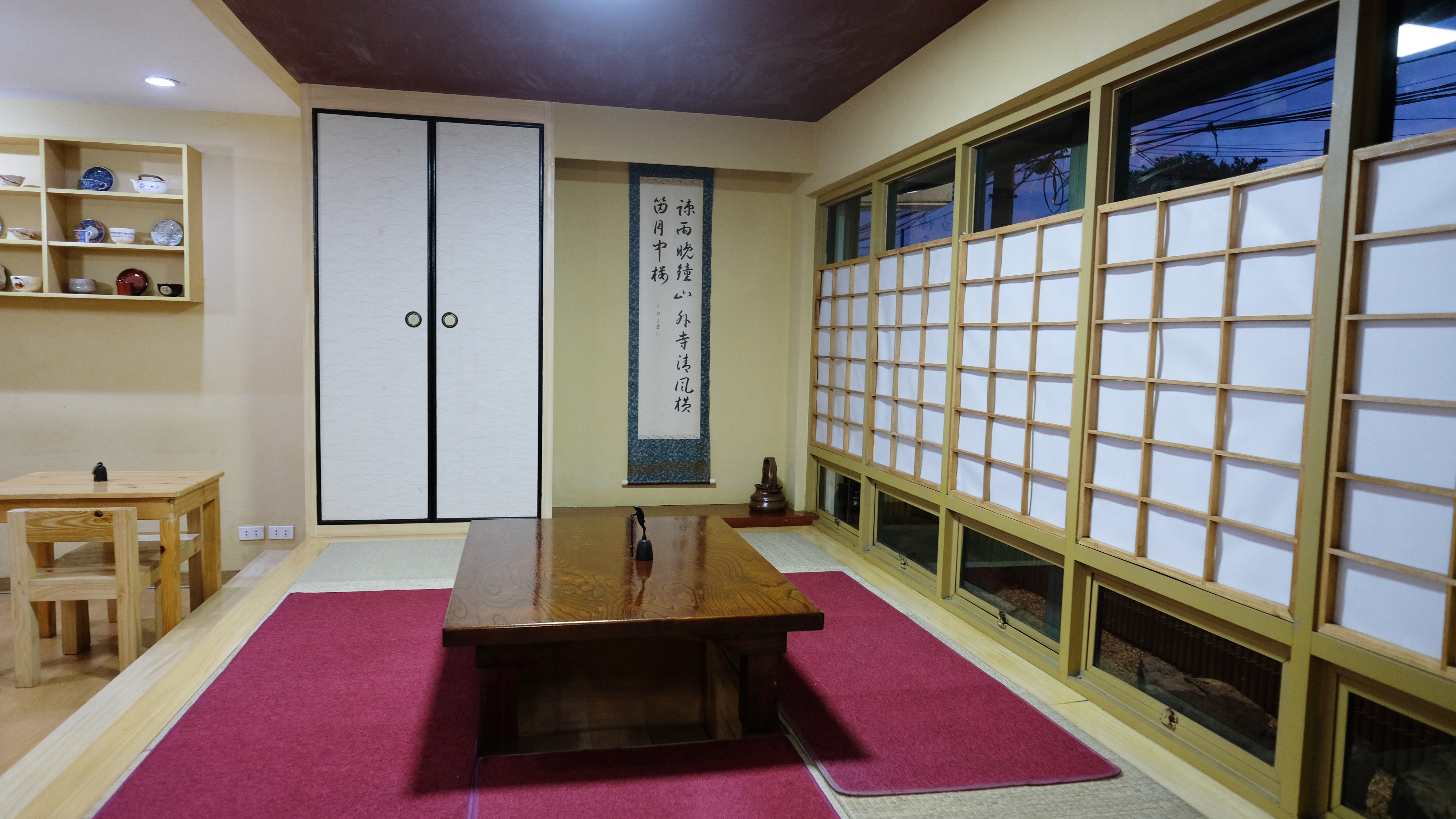
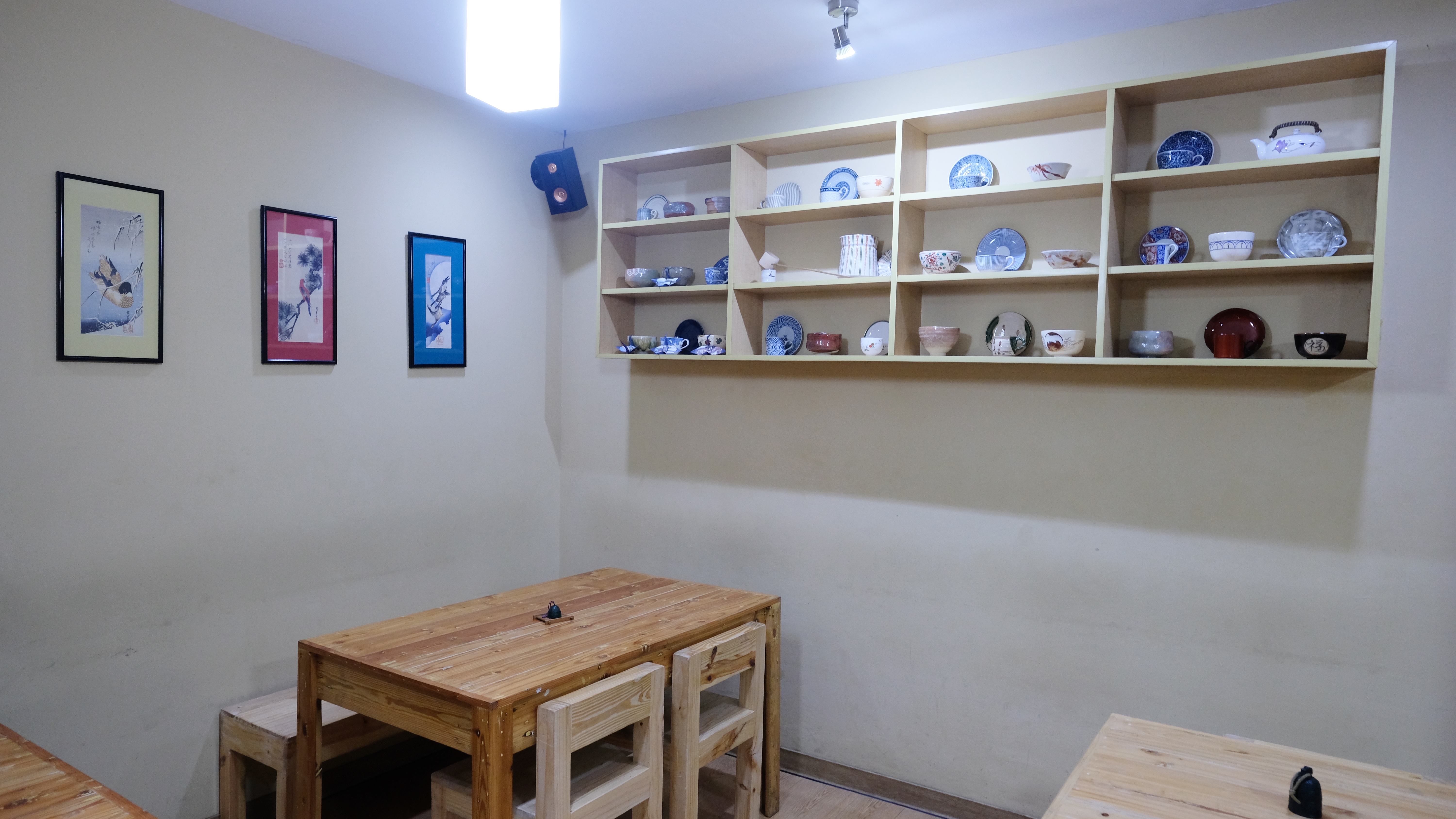
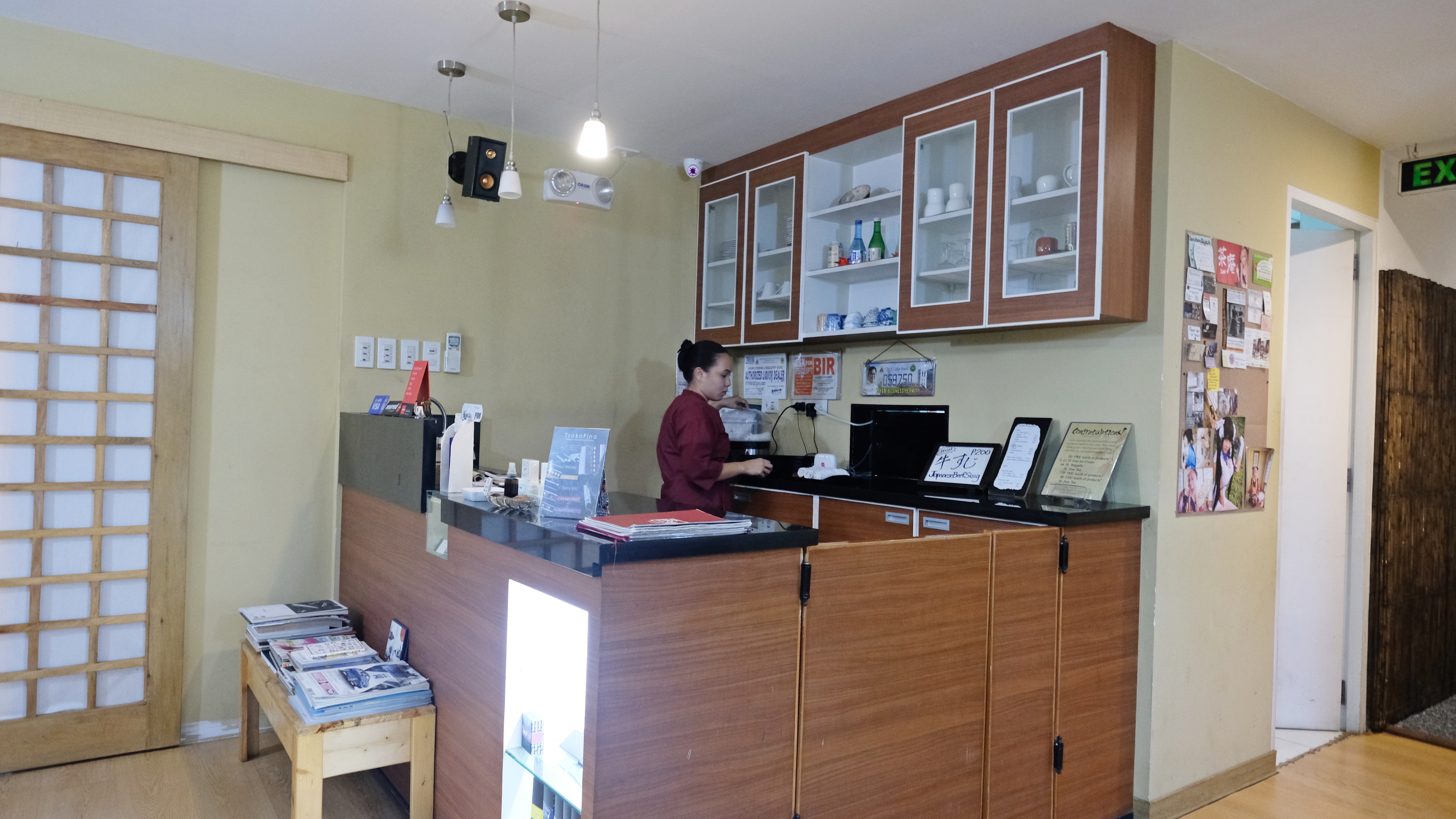
Service:
Unfortunately, at Zaan, service was not as gracious as we expected out of a traditional Japanese tea house. The space is small and it may be enough for one staff to run the operations. She was the only one serving customers, handling requests, taking out food, and processing the bill. The efficiency can be applauded, however there’s still a lot of opportunities to improve the level of customer service, especially in the areas of friendliness and hospitality.
For instance, when we had to share food among us (as we normally do when eating out in a group of more than 3 people), we asked for extra bowls and utensils. Instead of explaining about their environmental cause and campaign about saving natural resource, the staff just said we’ll be charged an extra 10% to our bill for that request. She pointed to the menu and told us to read the details.
So tell me, how can one person with a normal appetite finish this entire plate of okonomiyaki? I guess this is meant for sharing and can’t be fully enjoyed without having extra plates or bowls and utensils for other people to eat it with—unless you use your hands. We didn’t prefer sacrificing comfort so we asked for utensils for each person and ended up paying the extra 10%.
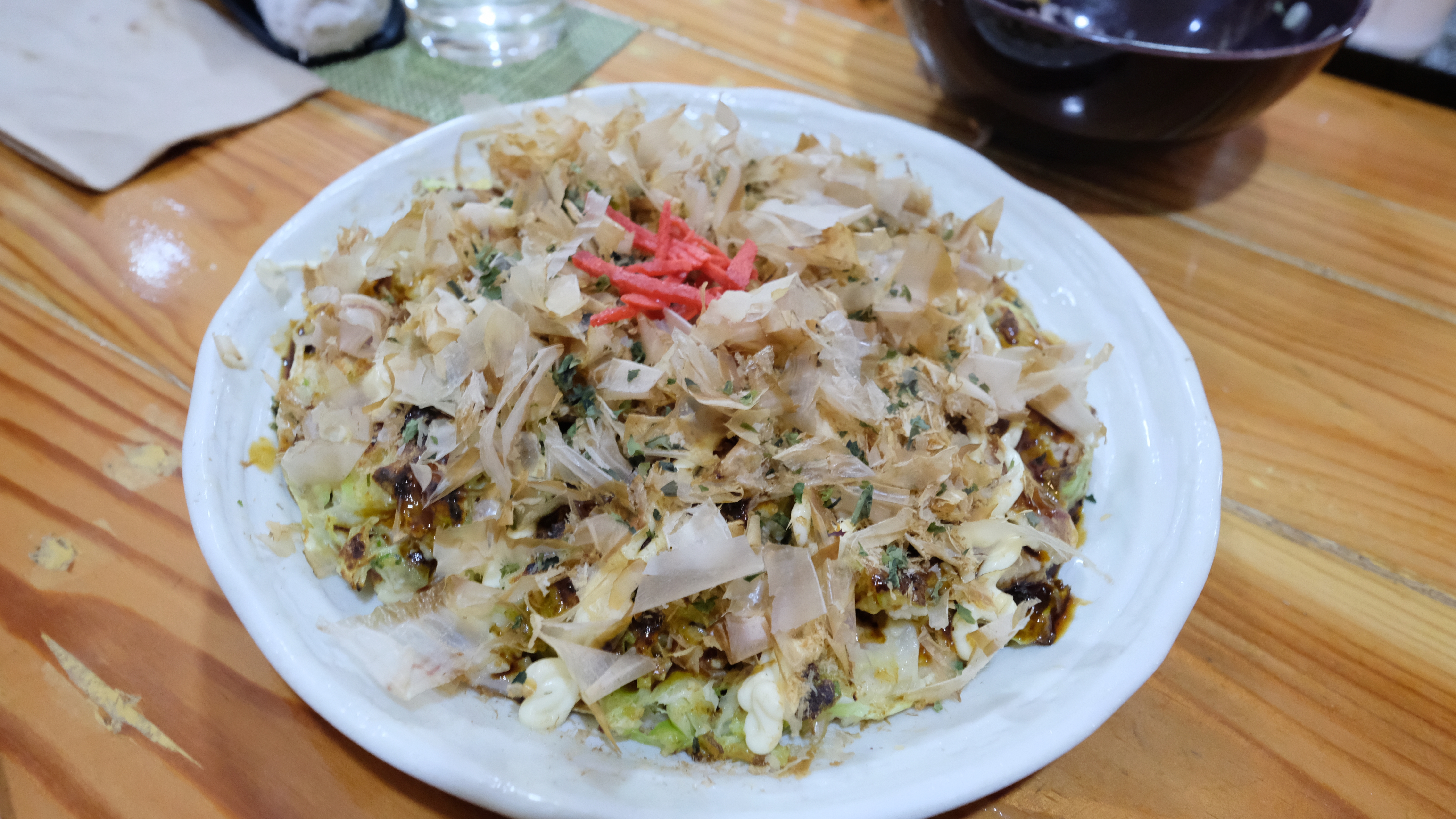
I think the more appropriate way is to inform customers about it when we’re about to order or while taking orders so everyone will be on the same page and for everyone to appreciate the reason behind the extra costs. We were disappointed because she told us about it only when dishes were already on our table. Timeliness in communicating their message and explaining their intent in caring about the environment can really make a huge difference in making customers feel comfortable.
Another good way to go about it is to mark up their prices to 10% on the menu and offer 10% discount to those who won’t be availing of the extra bowls, bags, plates and utensils. The staff would have to explain this too so guests would understand their thoughtfulness. The bottom line is that customers shouldn’t be shocked to find out about this later on.
Food:
We would have happily looked past the service if the food was great. It wasn’t and therefore we’re annoyed. Note that everything we ordered were recommended by the staff. The only satisfactory dish for our taste was the Zaan Okonomiyaki (PhP 290) which combined pork and squid to make a savory Japanese pancake. It had shredded cabbage, leeks, and topped with a variety of condiments.
All succeeding dishes were completely out of the question, for those who plan to try. They surely looked interesting at first glance but turned out to be lame. You can do way better at the same price point in other Japanese restaurants in Paligsahan, Tomas Morato, Banawe, or nearby areas. In any case, here’s the food rundown and review.
Topped with special rice crackers and salmon, Non’s Salmon Ochazuke (PhP 250) consisted of rice poured over with kombu-cha (kelp tea). Chazuke is one of the best remedies for hangover in Japan. It was being pushed as a house favorite too, which is sad as it’s easily the worst rice meal we’ve had in recent memory. Taste was bland and it can be skipped without feeling bad.
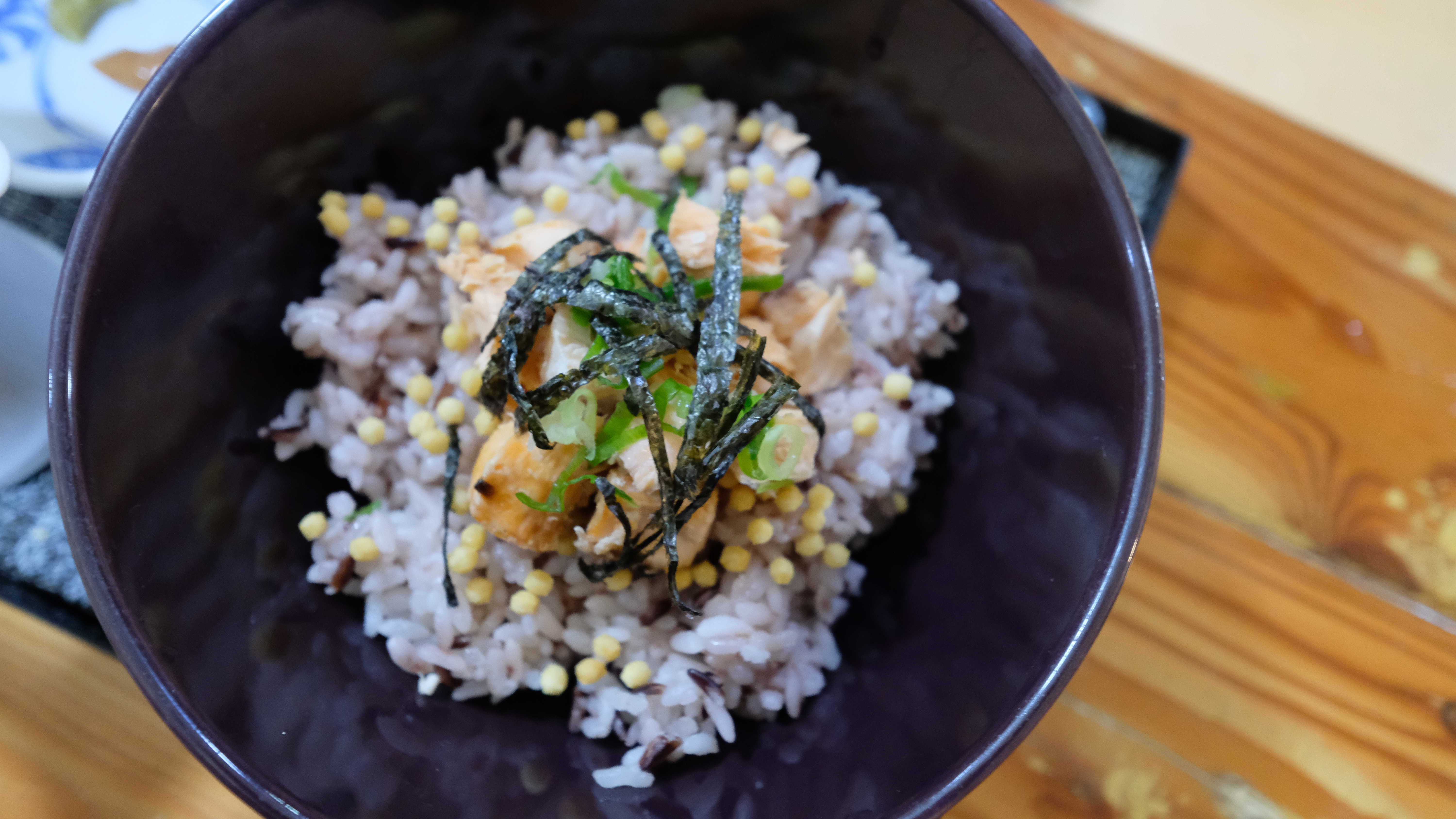
Salmon Soboro (PhP 260) was another entree which proved that “looks can be deceiving.” It was presented with crushed seasoned salmon and scrambled egg over rice. Carbs overload might be the perfect way to describe it. The ratio of rice to salmon and eggs was our biggest gripe. The salmon was dry and leathery, and taste was off-putting. Sigh. It looked aesthetically pleasing, but taste was an absolute disaster.
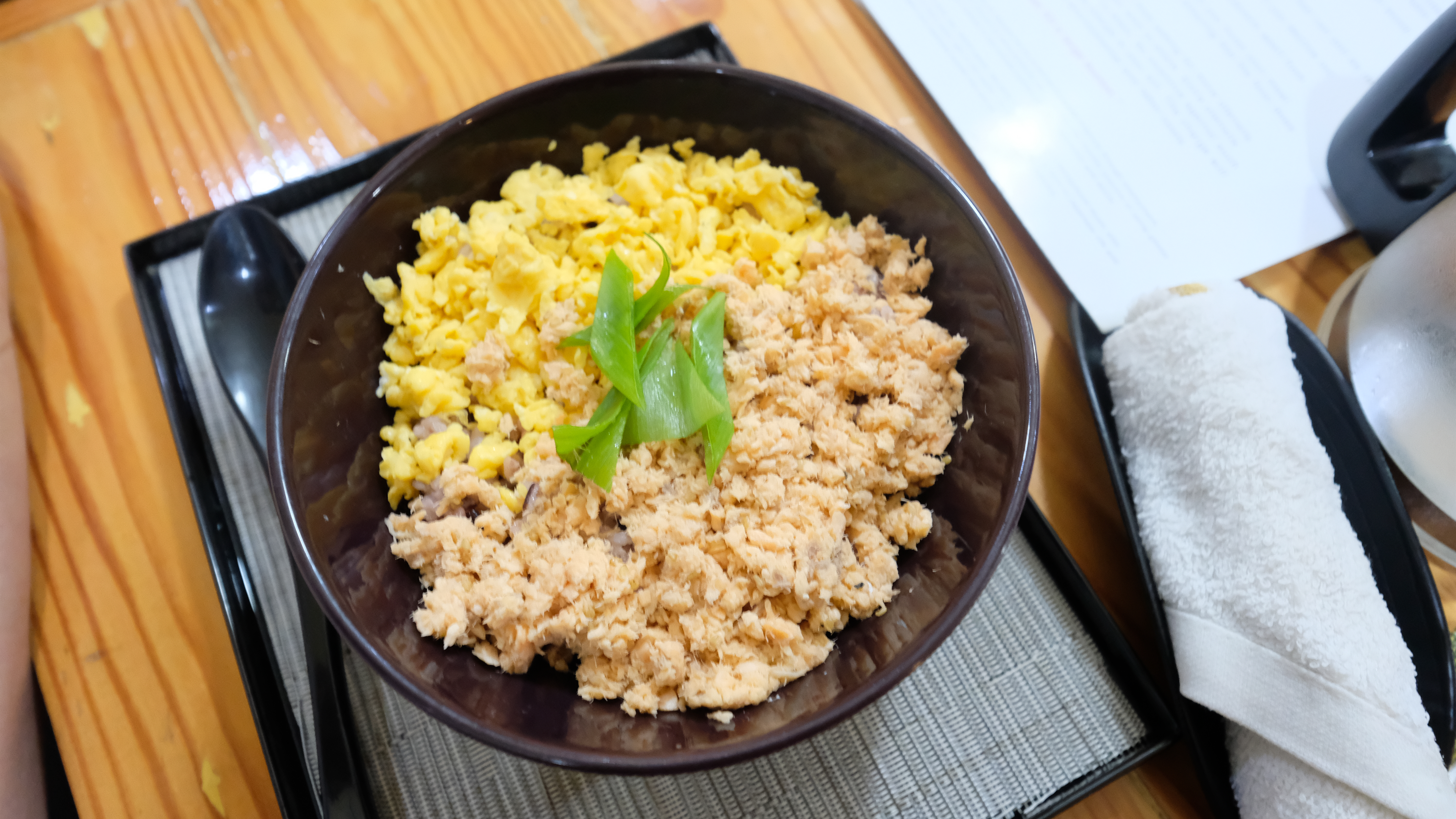
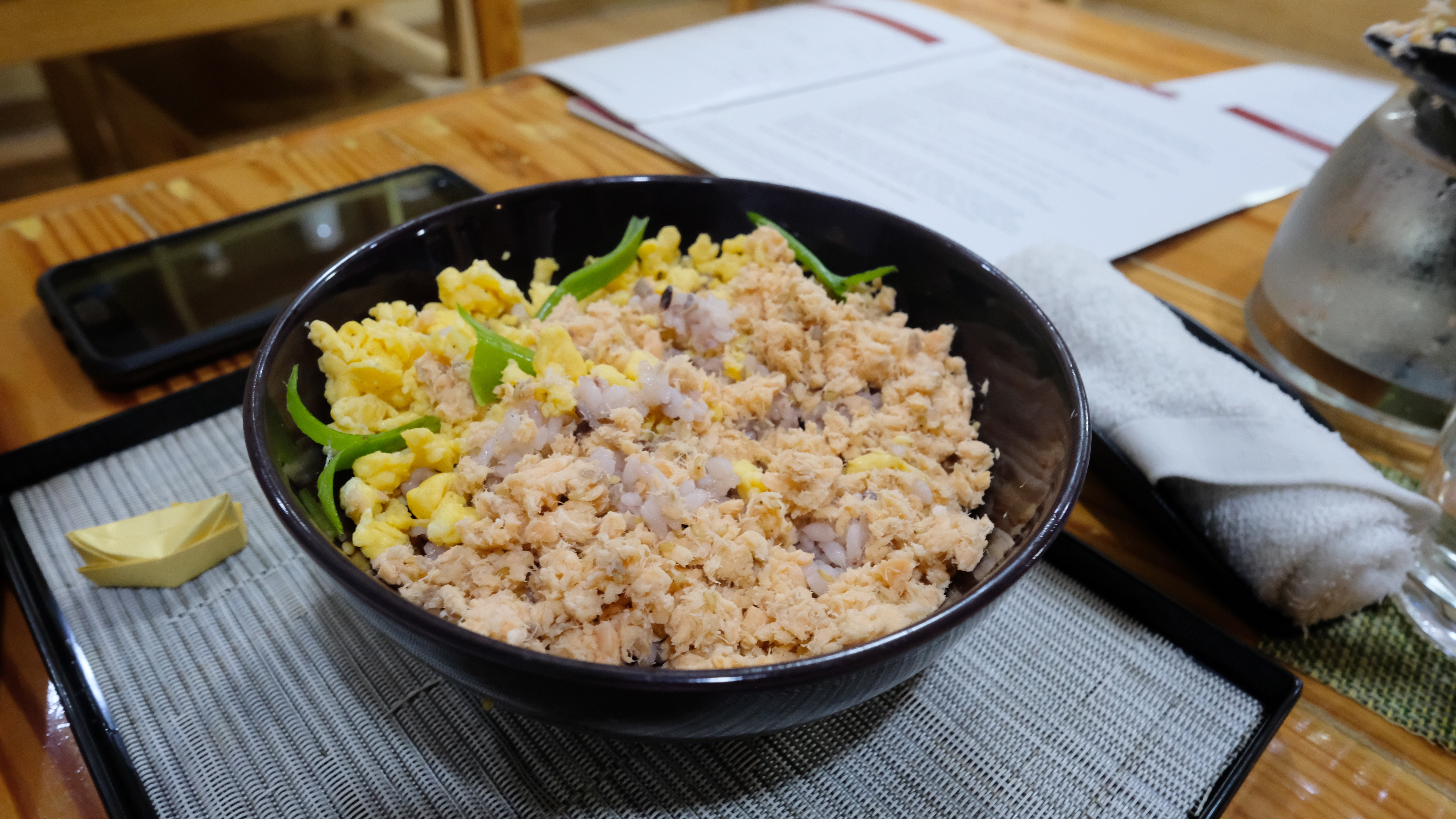
All Three Onigiri (PhP 200) will be a hit if you love biting into plain rice balls without anticipating any delicious or amply portioned filling inside. We ordered a plate of tuna, tamago, salmon onigiri but were saddened to learn that the fillings were way too small that it ended up destroying our excitement. It was like ordering just rice balls wrapped with nori seaweed!

Tonkotsu Ramen (PhP 230) was mediocre, although it was suggested as the best ramen they have. The pork marrow broth was not as strong, rich and savory as other ramen places, and the Tamago (PhP 50) didn’t have that satisfying gooeyness that we’d hoped for. The add-on Chashu (PhP 80) also wasn’t tasty enough, not the melt-in-your-mouth type but dry and not soft as usual.

Price for Value:
Now’s a good time to remember that just because a restaurant is rated positively doesn’t mean it is actually great. We had high hopes. Zaan Japanese Tea House‘s interior is pretty cool, and the ratings posted on Zomato.com and TripAdvisor.com made it seem like something mind-blowing was going to happen. But then, we ate the food and experienced the service.
We concluded that a visit here is ideal only when you ran out of choices or are simply bored. The nice space will keep you entertained but if you come looking for delicious food and quality service, there’s nothing to find at Zaan. Prices are affordable but not worthy of the unappetizing food. If you ended up here and can’t decide which to get, I recommend sticking to desserts. The pictures look lovely and appetizing on the menu. Also, please bring your own plates and utensils and save yourself extra 10% on the bill.
[schema type=”review” url=”https://www.facebook.com/ZaanJapaneseTeaHouse/” name=”Zaan Japanese Tea House” description=”Ground Floor, Norfil Foundation Building, 16 Mother Ignacia Corner Roces Avenue, Paligsahan, Quezon City 1103″ rev_name=”Call (02) 412 8465″ author=”Rochkirstin Santos-Sioco” pubdate=”2018-07-01″ user_review=”1.4″ min_review=”0″ max_review=”5″ ]

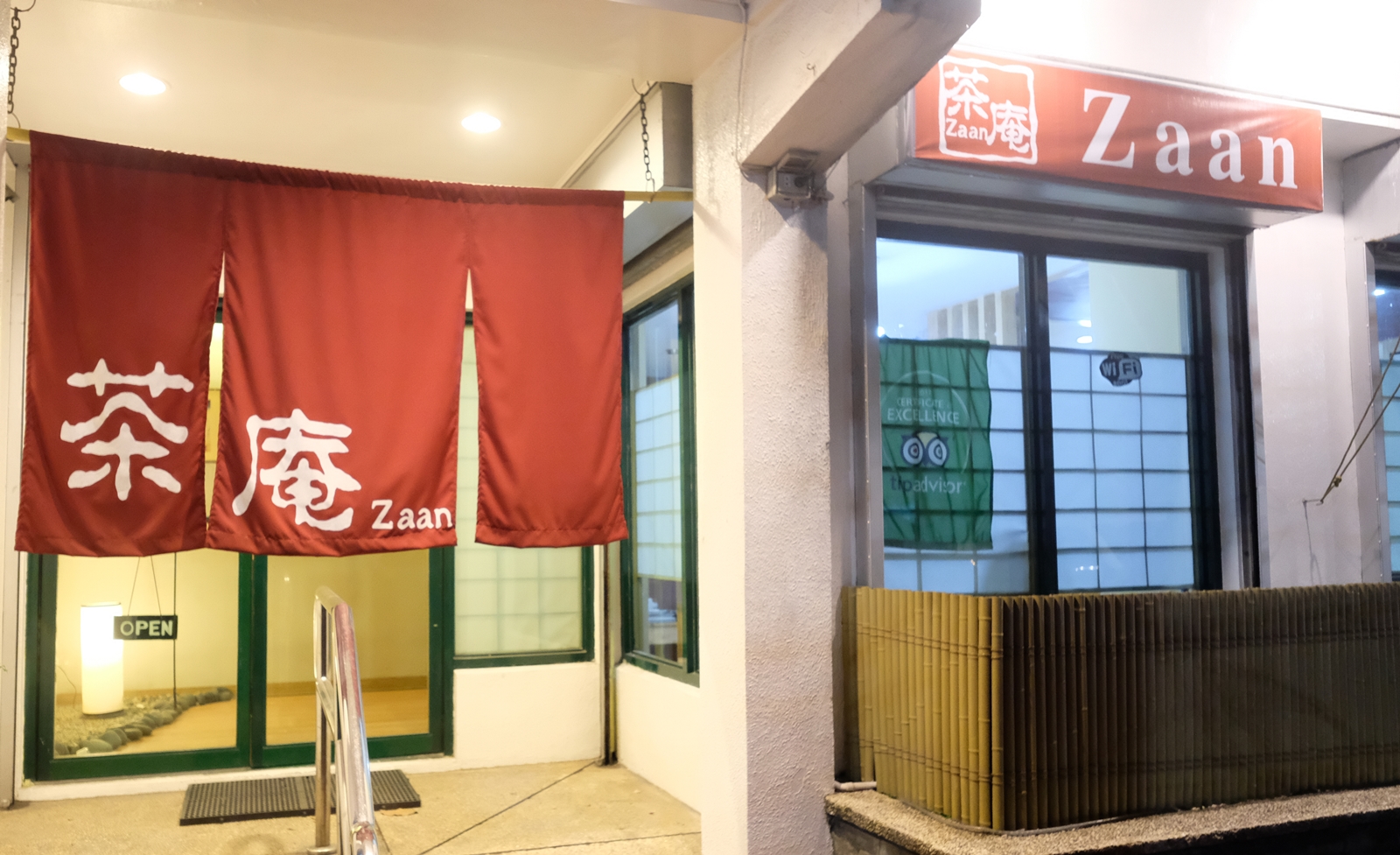
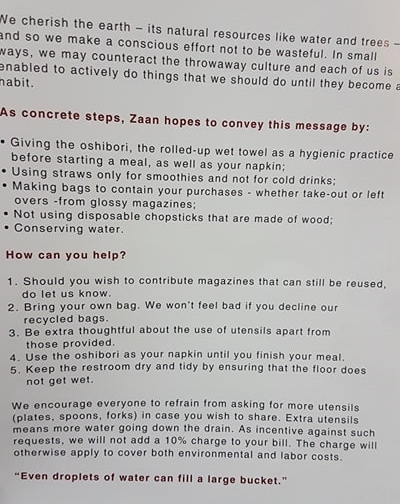
Leave a Reply